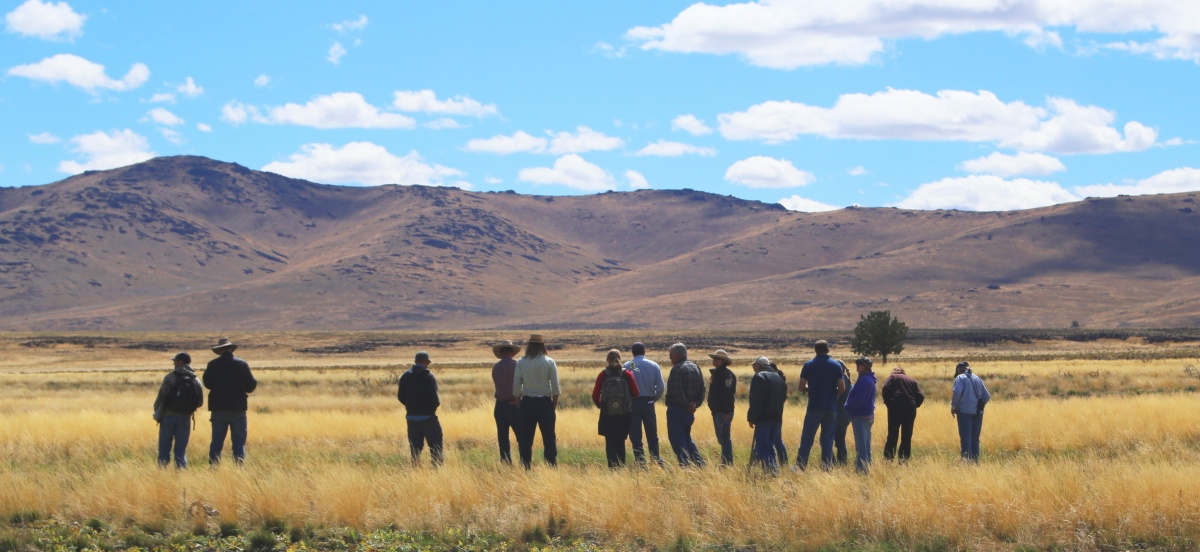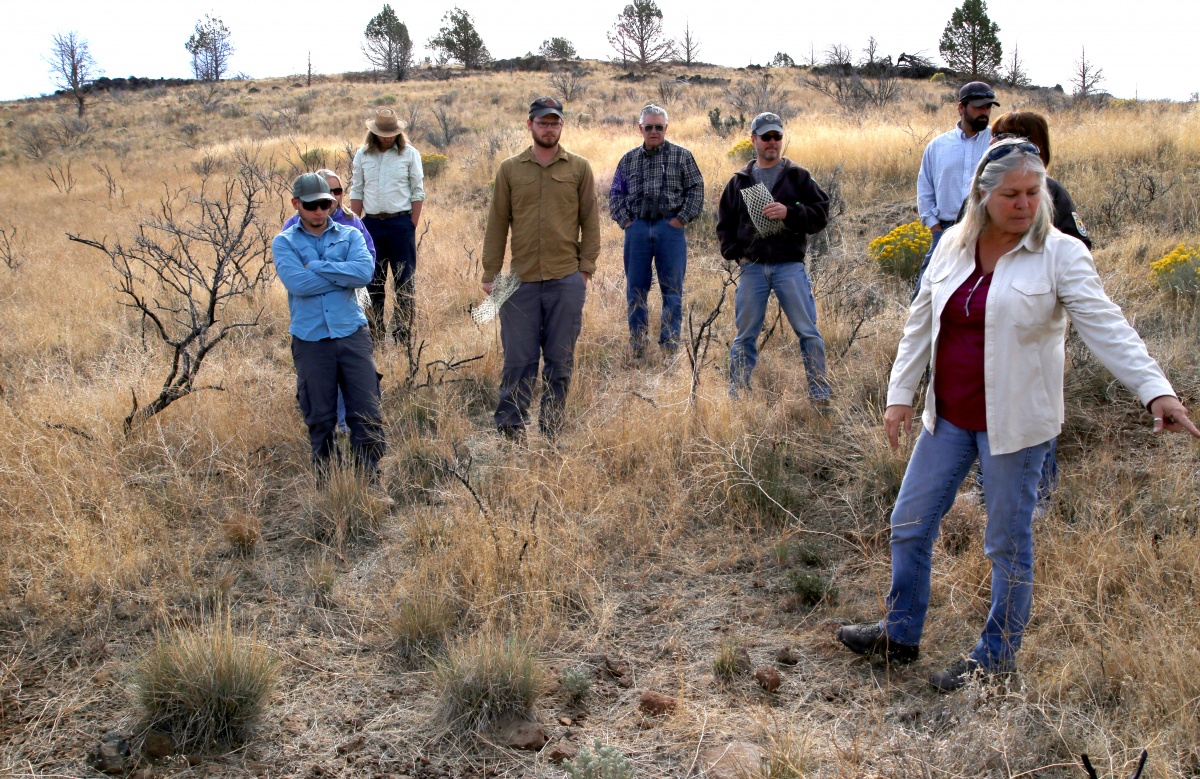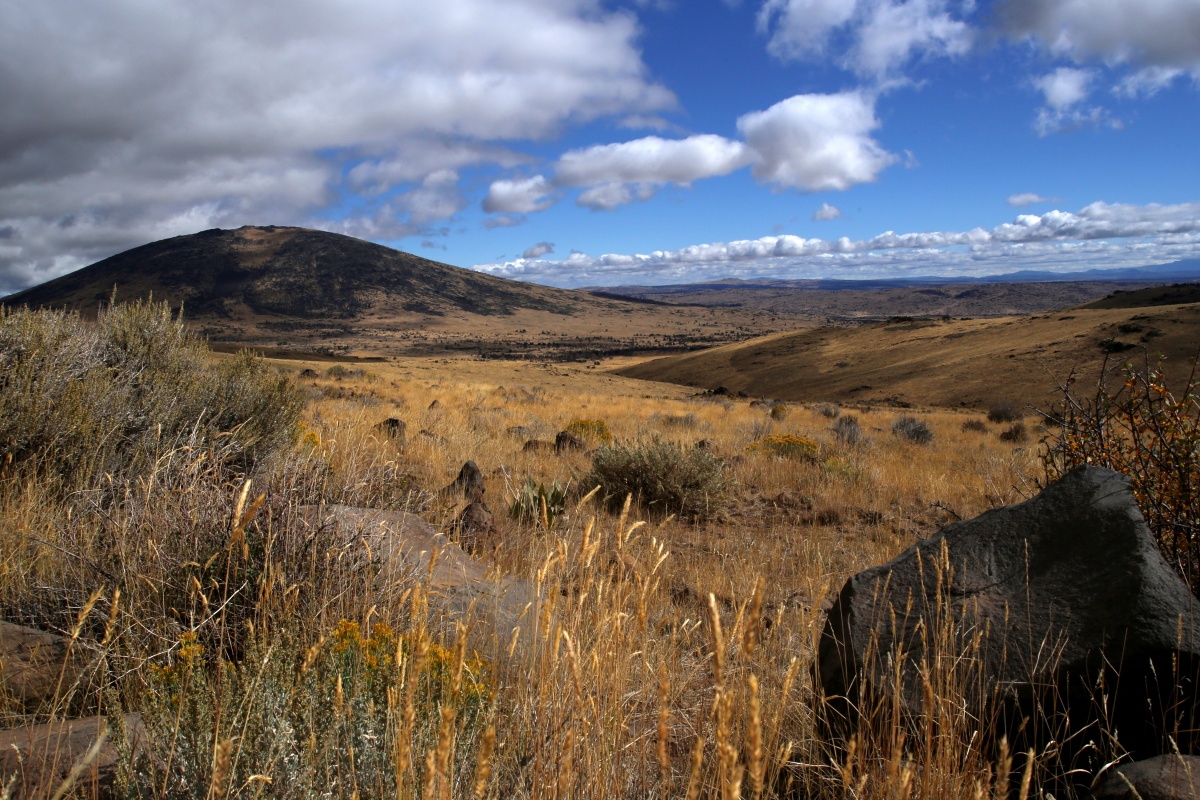Related Stories
- Quillie Nelson: A resident rodent of Campbell Tract
- First 100 days: BLM drives energy expansion and national strength
- Tackling invasive plants: a unified approach in the California High Desert
- BLM recreation sites available to all: Exploring accessibility on California’s public lands
- BLM California partners to secure America’s border



